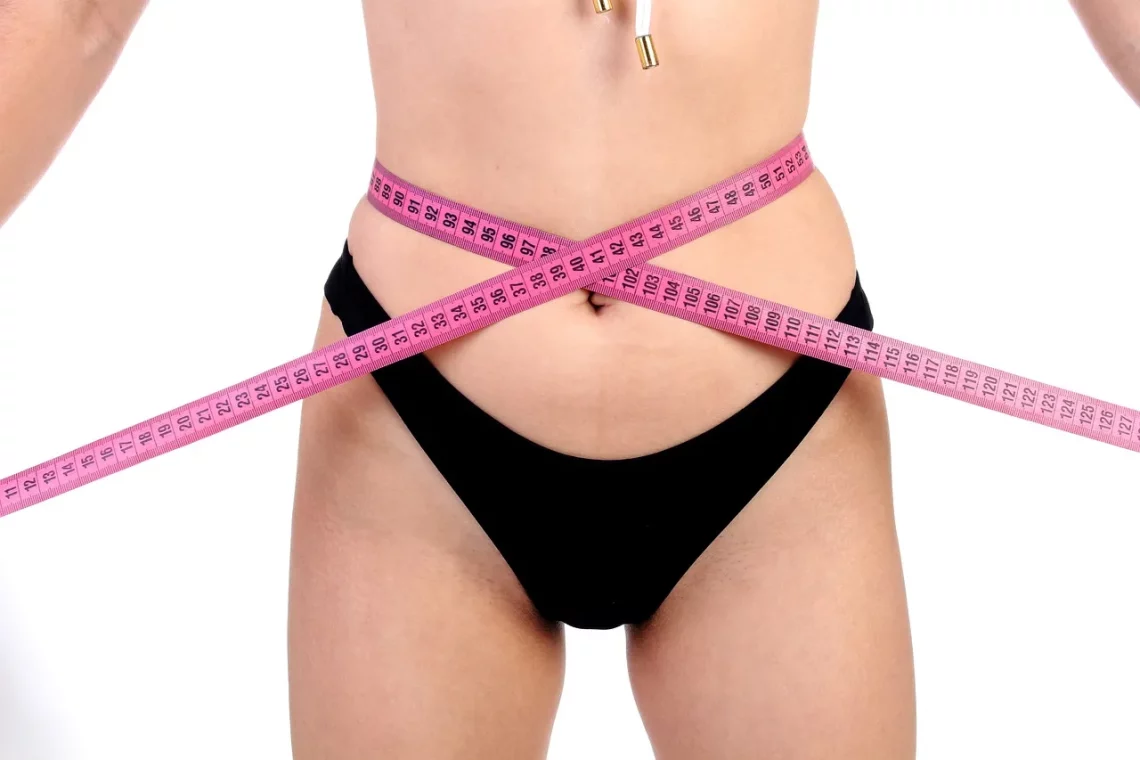
Choosing the Right Iron Grip Bar Weight for Your Workout Needs
Choosing the right equipment for your workout routine is crucial for achieving your fitness goals. One of the most versatile and effective pieces of equipment available is the iron grip bar. This tool not only enhances your strength training sessions but also plays a significant role in sculpting your physique. With various weights and sizes available, selecting the appropriate iron grip bar weight can seem daunting, especially if you’re new to weightlifting or resistance training.
Understanding how to choose the right weight for your workouts can lead to more effective training sessions, improved muscle growth, and reduced risk of injury. It’s essential to find a balance between challenging yourself and ensuring that your body can handle the load effectively. Every individual’s fitness level, experience, and goals differ, which is why a one-size-fits-all approach doesn’t work when it comes to selecting the right iron grip bar weight.
As you embark on your fitness journey, it’s beneficial to consider various factors such as your current strength level, workout routine, and long-term fitness aspirations. This article will provide insights into how to choose the appropriate weight for your iron grip bar, allowing you to maximize your workout potential while ensuring safety and effectiveness.
Understanding Your Fitness Level
Before you can choose the right weight for your iron grip bar, it’s vital to assess your current fitness level. Your experience with weight training will significantly impact the weight you should start with. Beginners may find it beneficial to start with lighter weights to develop proper form and technique before progressing to heavier loads.
If you’re new to strength training, consider beginning with bodyweight exercises or lighter weights. This allows you to focus on your form without the added stress of heavy lifting. As you gain confidence and strength, gradually increase the weight. A good rule of thumb is to choose a weight that allows you to perform 8 to 12 repetitions with proper form. If you can easily complete more than 12 reps, it may be time to increase the weight.
For those with more experience, it’s essential to consider your specific goals. Are you aiming to build strength, increase endurance, or enhance muscle definition? Each of these goals may require different weight selections. For strength training, heavier weights with fewer repetitions are typically more effective. On the other hand, if your goal is endurance, lighter weights with higher repetitions might be more suitable.
Listening to your body is crucial. If you’re feeling fatigued or unable to maintain proper form, it’s a sign that you may need to reduce the weight. Conversely, if you find the exercise too easy, it’s time to challenge yourself with a heavier iron grip bar. Regularly reassessing your fitness level will help you make informed decisions about the weight you should be using.
Identifying Your Workout Goals
Your workout goals are a critical factor in selecting the appropriate weight for your iron grip bar. Different objectives will require different training approaches, and understanding these can help you make a more informed decision.
If your primary goal is to build muscle mass, you’ll want to focus on heavier weights with lower repetitions. This approach stimulates muscle growth through progressive overload, which means gradually increasing the weight you lift over time. A common strategy is to perform 4 to 6 repetitions with heavier weights. This method not only builds strength but also enhances muscle size.
On the flip side, if your objective is to improve muscular endurance, lighter weights with higher repetitions are the way to go. Aim for 12 to 15 repetitions or more. This training style focuses on increasing the time your muscles are under tension, which is essential for endurance athletes or those looking to tone their physique without necessarily increasing muscle size.
For those interested in weight loss or general fitness, a combination of both strength and endurance training can be highly effective. Circuit training that incorporates both heavy lifting and lighter weights for higher reps can optimize fat loss while improving overall fitness levels.
Ultimately, clearly defining your goals will guide you in selecting the right iron grip bar weight. Whether you’re looking to bulk up, slim down, or improve your overall fitness, aligning your weight choice with your objectives will set you on the path to success.
Considering Safety and Injury Prevention
Safety should always be a priority when selecting weights for your workouts. Using an iron grip bar that is too heavy can lead to improper form, which increases the risk of injury. Therefore, it’s essential to prioritize safety over simply lifting heavier weights.
Start with a weight that feels manageable and allows you to maintain proper form throughout each repetition. If you find yourself struggling or unable to complete your sets, it’s a sign you may need to reduce the weight. Proper technique is critical not just for effectiveness but also for preventing injuries.
In addition to selecting appropriate weights, consider incorporating rest days into your routine. Overtraining can lead to fatigue and increase the risk of injuries. Allowing your muscles to recover is just as important as the workouts themselves. Aim for at least one to two rest days per week, depending on your training intensity and volume.
Another aspect of safety is staying aware of your body’s signals. If you experience pain during an exercise, stop immediately. It could be a sign of improper form or that the weight is too heavy. Consult with a fitness professional if you’re unsure about your technique or need guidance on selecting the right weight.
Ultimately, prioritizing safety and injury prevention will not only enhance your workout experience but also contribute to long-term success in your fitness journey.
Experimenting with Different Weights
Finding the right iron grip bar weight often requires some experimentation. What works for one person may not be suitable for another due to varying fitness levels and personal preferences. Therefore, it’s beneficial to try different weights and observe how your body responds.
Consider starting with a range of weights during your initial workouts. For instance, if you’re unsure between two weights, alternate between them during your sessions. This will give you a clearer idea of what feels right for your body and goals. Keep track of your performance and how each weight feels after a few sessions.
Don’t hesitate to adjust your weights based on progress. If you find that you can complete your sets with ease, it’s a good indication that it’s time to increase the load. Conversely, if you struggle with a particular weight, give yourself permission to lower it until you build the necessary strength.
Additionally, be open to seeking advice from fitness professionals or experienced lifters. They can offer valuable insights into weight selection and may even provide tips on enhancing your technique.
In summary, experimenting with different iron grip bar weights is a vital part of your fitness journey. Stay flexible and willing to adapt your approach as you learn more about your body and its capabilities.
In conclusion, choosing the right iron grip bar weight is a multifaceted process that involves understanding your fitness level, identifying your goals, prioritizing safety, and being willing to experiment. By taking these factors into consideration, you can make informed decisions that will enhance your workout experience and support your overall fitness journey.
**Disclaimer:** This article is for informational purposes only and should not be considered medical advice. Always consult with a healthcare professional before starting any new exercise program, especially if you have existing health concerns or conditions.




